
Wedged like a time capsule inside the cobbled heart of central Brussels, the Grand-Place is breathtaking.
Three-hundred-year-old façades of former guild houses and royal residences, delicately fashioned with gold and from stone and worn at the corners, run 360-degrees around the old town square, breaking only to grant entry to a few meandering, café-lit streets. High above, the ruffled crown of the Town Hall tower stretches high into the eternal sky.
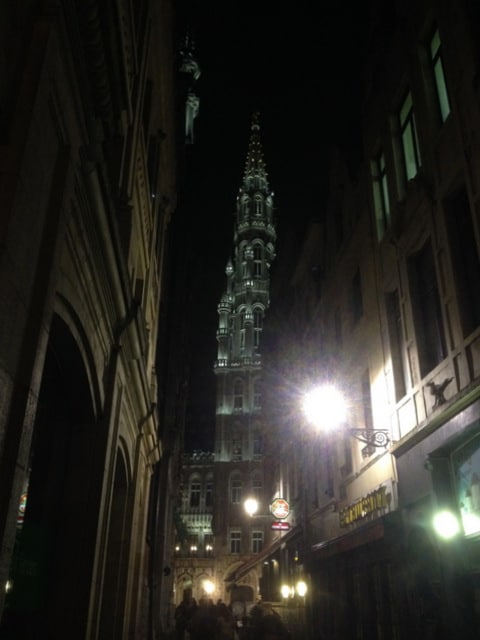
Late at night, in the crisp air of approaching winter, all of European glory through the ages seemed to sparkle at once as I emerged to this scene from a side street with a hot cone of frites in my hand. It was a sobering experience.
Just a four-minute walk from the Grand-Place, meanwhile, is possibly the least sobering place on Earth: Délirium Café, which has somewhere between 2000 and 3000 beers on its beer list. Délirium is a shrine to beer in a country that has many, and whose lists of holiest men and best brewers include the same names. Beer is not quite divine here, but it is perhaps the surest path to divinity, and it has been for as long as anyone in Belgium finds it worth remembering.
The Belgian brewing tradition dates back to Roman, tribal times—to the 3rd or 4th century, at least—and today, it is famously a source of tremendous national pride (not unlike France’s in its wine). Consider that Belgium claims not only Délirium with the world’s best beer selection, but also the world’s biggest range of beers (one count suggests more than 1100) and the world’s largest brewery (Anheuser-Busch InBev, which at its headquarters in Leuven makes decisions that affect at least one-fifth of the beer-drinking world). There are as many as 800 contracted brewers in this country of 11 million (compared to about 2,400 for the U.S.’s 313 million), and one very popular name brews a beer with 1-2% alcohol by volume to help get kids accustomed early. Beer is no joke here; a bar in Ghent (called Dulle Griet) asks for a patron’s shoe as a deposit before serving a Kwak in the traditional style.
Credit the country’s historically beer-friendly (malts and hops) climate, or the accommodating cloisters of abbeys, or whatever you like, and you’ll still find that beer pre-dates the Grand-Place in the story of Belgium by a factor of six. Beer and Belgium go way, way back.
The Brussels Beer Challenge, now in its second year, is just the latest chapter in this timeless saga. For a few days in November, the Challenge offered brewers both domestic and international the chance to win glory on perhaps the world’s most hallowed beer grounds. Some did, many didn’t, and I attended—and had an incredible time.
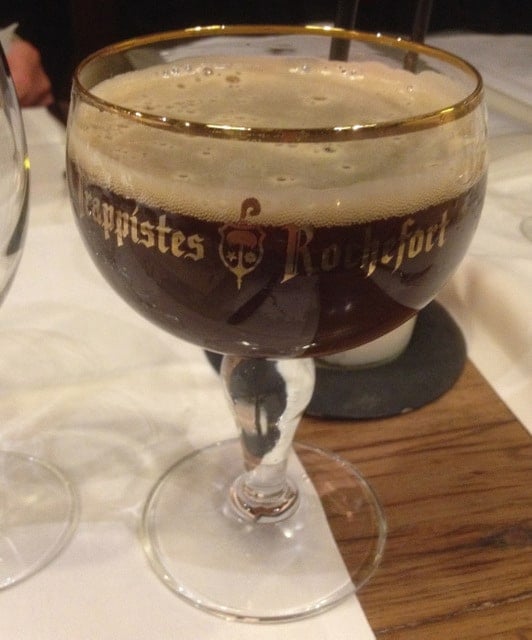
The beer culture, in top competition form, was remarkable, and that is what my trip was largely about. But Belgium (or at least Wallonia and Brussels) is now very genuinely one of my favorite countries in the world, and that’s for reasons that extend at least partly beyond beer. This is a part of the world that values patience, comfort, modesty, tradition, and pleasure—five values at the core of the Belgium-beer relationship—and embraces you if you do the same. It’s rolling green valleys and highlands sprouting Gothic castles and tight, stony cities that glow in sepia tones at night. Fine, finer and finest foods, savored slowly with alcohol and those you keep close, are integral to daily life. And the history, so palpable in places like the Grand-Place, is as rich and complex as the cuisine.
When I think of French-speaking Belgium now, months later, I think of beer, but as just one element of a phenomenal, sophisticated meal, eaten in many courses and beneath warm lighting with friends. The table wobbles just the tiniest bit, and the room’s decorative accents recall an era long past. Beers, but wines as well, are savored in their appropriate glasses and ordered in rounds, and stories, big and small, are shared. It is nostalgia being lived in real-time, in the comforting clutches of history manifested.
In my five days in Brussels, Liège and in between, I met and shared such meals with some of the best people I’ve ever traveled with. I would have enjoyed their company in any country, but I really believe that the close-knit, beer-bound world we found in Belgium brought us closer together.
Go make friends in this incredible country—and go drink their incredible beer. More specifically, here’s a quick guide to Belgium the way I saw it, beginning with the headlining Brussels Beer Challenge:

The Brussels Beer Challenge (site)
A successful second go of the Brussels Beer Challenge saw 592 beers entered from breweries representing 17 different countries, including a heaping portion from host Belgium and a number from the U.S. Beers were judged blindly by 52 expert tasters, who gave marks using five different metrics totaling a maximum of 50 points. Beers were categorized using a style guide built by one Derek Walsh, who himself was actually a taster.
Most of the process was new to me, but very cool to see. And in the end, a lot of beer was consumed (in two sessions to ensure the tasters were not too drunk for the second half of the competition), and a lot of beers won prizes. As part of those prizes, those winning beers won draught rights at a number of preselected cafés in the city of Liège, where they will be served until next year’s competition—October 31-November 2, 2014—yields new winners.
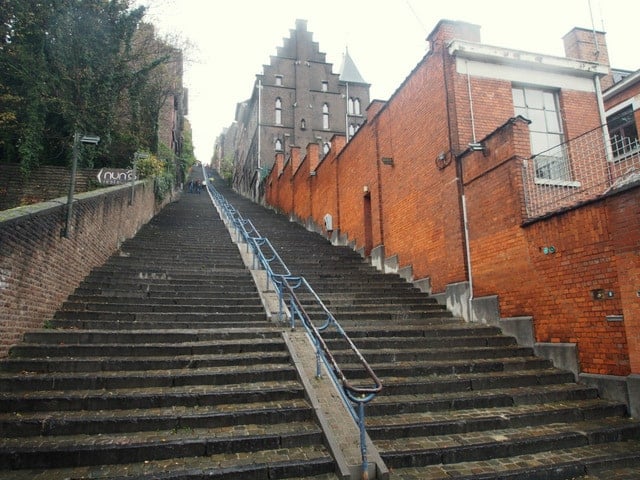
Liège, Beer Lovers’ City
“Liège Beer Lovers’ City” is a multi-faceted extension of the Brussels Beer Challenge into the aforementioned Wallonian city of Liège. Twenty-four participating cafés brought to a fever pitch (in theory) this true celebration of beer, with tastings, food pairings and more in the weeks following the Challenge’s end. An exhibit on Piedboeuf, a brewing legend, also took over the city’s Grand Curtis Museum for a few weeks.
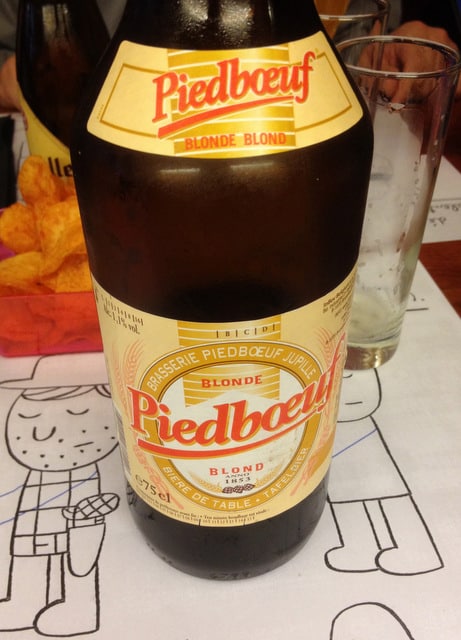
Fever pitch is probably a bit strong, but Liège doesn’t need our pity—it’s a strong, vibrant, beer-loving city of 200,000 that also happens to manage the third-largest inland port in Europe. It’s the birthplace of the incomparable Charlemagne, the “Father of Europe,” and a biking hub so prominent that it is actually where the Tour de France begins each year (despite not being in France). It’s home to the staggeringly huge and medieval-feeling (despite being constructed in the early 1800s), 374-step Montagne de Bueren staircase, intended to connect the Citadel with the town square but which more just dares you to beat the climbing record of one minute and ten seconds. Each Sunday, it hosts a street market so teeming with energy that it stretches 3 km up and down the banks of the Meuse river.
And then of course there’s the beer scene. Liège is most famously home to Piedboeuf, purveyor of family-friendly beers and Jupiler lager, Belgium’s most popular brew. Besides that, however—and a few other area names like Val Dieu, below—Liège is more about beer consumption than beer brewing. The Liège-based IFAPME (site in French), for example, offers café owners training courses in beer presentation, pouring, temperature, and much more—as well as interested visitors classes in zythology (the study of beer). Beer is enjoyed here, so check it out—after next year’s Challenge or really anytime.
From Belgium, Liège is about 40 minutes by train. You can certainly rent a car and drive if you like, but that would still be no excuse for missing the Liège-Guillemins train station, a stunning, skeletal, shimmering structure designed by Catalan architect Santiago Calatrava.
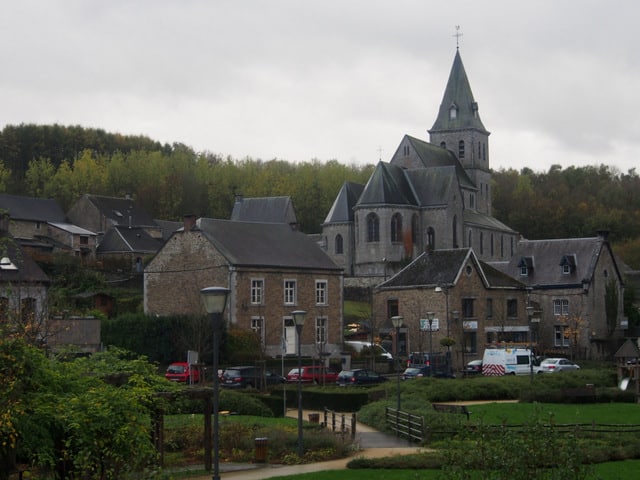
Cultural basics
Belgium is about the size of Maryland, but with double the population (11 million vs 5.5 million). Outside of Brussels (pop.: 1.8 million), the capital, the country splits quickly into two regions quite at odds with one another: Flanders, in the north, and Wallonia, in the south. The Flemish retain strong ties to the Dutch (from whom Belgium gained independence in 1830) and speak the Dutch language. Walloons take their language and cultural influences (though they are not wild about the links now) from France, Belgium’s neighbor to the southwest. German, while only spoken by less than one percent of Belgians, is listed as a third official language.
- More on Brussels from Visit Belgium
- More on Wallonia from Visit Belgium
- No more on Flanders from anybody
- Book train tickets in Belgium
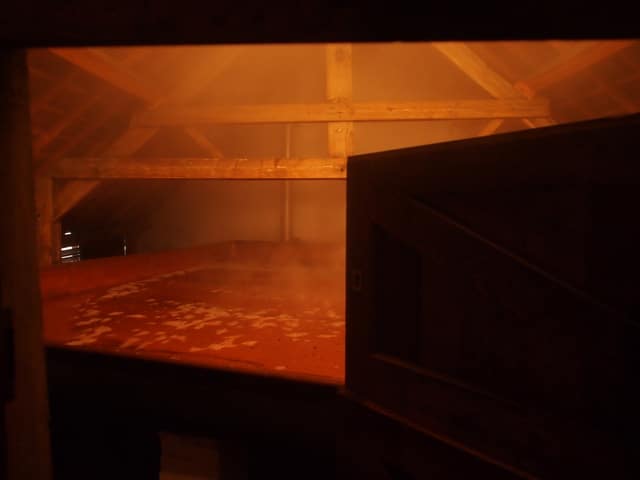
3 breweries to visit in Brussels and Wallonia
You’ll see brasseries all over greater Brussels, but a whole lot of beer also flows into the city from lands beyond it. So rent a car or arrange for a beer-or-brewery tour and head straight for the source, and you won’t regret it. Nearly every brewery offers tastings and tours (be sure to check hours) and a chance to understand the Belgian beer story a little bit better—often, over great food.
1. Cantillon, Anderlacht, Brussels (site)
The king of breweries as far as Belgian beer loyalists see it. And really, you’d be hard-pressed to find a student of beer history who doesn’t have Cantillon on his or her bucket list. Patricia Schultz even includes the “museum” among her famous “1,000 Places to See Before You Die.”
Located on the outskirts of Brussels, Cantillon today serves as a living, brewing, lambic-style museum. Lambic beers are the product of spontaneous fermentation, a process through which wild yeasts—unique to the Brussels region—ferment the exposed wort (malted grains) into alcoholic beer. By virtue of its simplicity, the lambic style is a direct extension of much earlier form of beer, and in fact enjoyed popularity up until around the time of WWII.
Finished lambics are sugarless, uncarbonated and extremely sour by the standards of the modern palate, which became more and more corrupted as sugar continued to infiltrate our diet post-WWII. Cantillon fought back in the name of tradition, and nearly lost, but was saved by the enterprising enthusiasm of a Cantillon family son-in-law.
Now, the brewery/museum tour is as fascinating as any you’ll ever take (take for example the fact that the brewing space is filled with spider webs, which are considered integral to the ecological balance that yields the lambic)—and depending on your guide, it may come loaded with some wisdom on health, society and the world at large. And of course, at the end you can try one of Cantillon’s legendary brews, including lambic, geuze (with champagne), kriek (with cherries) and more.
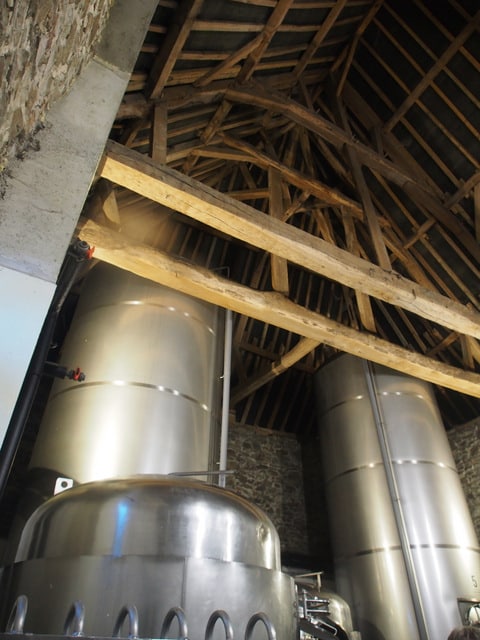
2. Val Dieu, Val Dieu (near Liège) (site)
An incredible operation that revives the old brewing tradition of 13th-century Cistercian monks—in the actual Notre Dame du Val-Dieu abbey. The monks settled the area way back in 1216, which until that point had been known as the “Valley of the Devil”; being men of God, they renamed it “Valley of God”—which in French is translated as Val Dieu—and grew prominent both as brewers and as holy men.
The abbey housed continued to house Cistercian monks until the turn of the 21st century, when funding simply ran dry. Now, the abbey’s doors are back open as both a brewery abiding by ancient abbey recipes and place of religious significance (pilgrims are welcomed with a free place to stay, anytime). Money from the brewing process helps keep the abbey open and functioning on the Christian stage, and the beer is great, so everybody wins.
There’s a restaurant/kitchen that’s worth checking out (though it’s worth asking about first) after any tour. No matter what you get, pair some part of it with the Val Dieu Grand Cru.
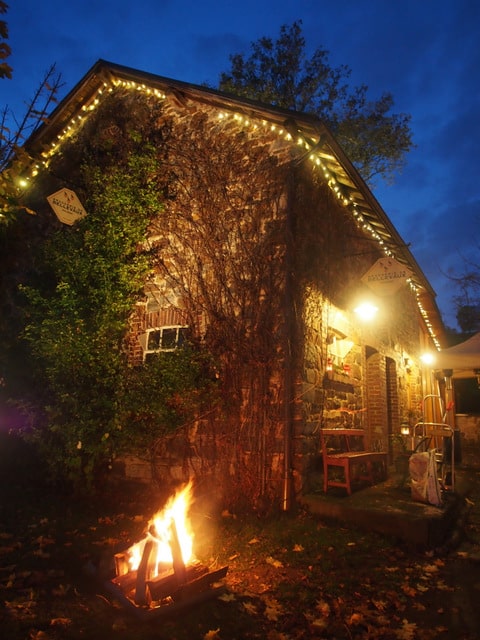
3. Brasserie Bellevaux, Malmady (site)
It’s rural, wholesome, fresh-air-in-your-lungs Belgium in a brewery. Bellevaux is a family operation not unlike a farm, which makes sense, because the small Bellevaux campus—perched snug on a hill in the freely green Valley of Bellevaux—was at one point in its lifecycle an actual farm, as well as a gathering point for local children on their route to school.
Today, it is a gathering point for connoisseurs of Belgian beer made the traditional way: with pure and mineral-rich water (from the Ardennes) and respect for the brewing process. Well-sourced ingredients flavor staple ales Blonde, Brune, Black and Blanche, all of which are worth a try, and which are also now laying the foundation for the next, more experimental stage in Bellevaux’s evolution led by son Tom.
There’s a small (40 seats) tasting room here, a deft culinary touch (they roasted a full wild boar for the Brussels Beer Challenge party), and at least three beers on tap at all times. Just try not to get lost on the way if you’re driving, as it’s pretty rough terrain.
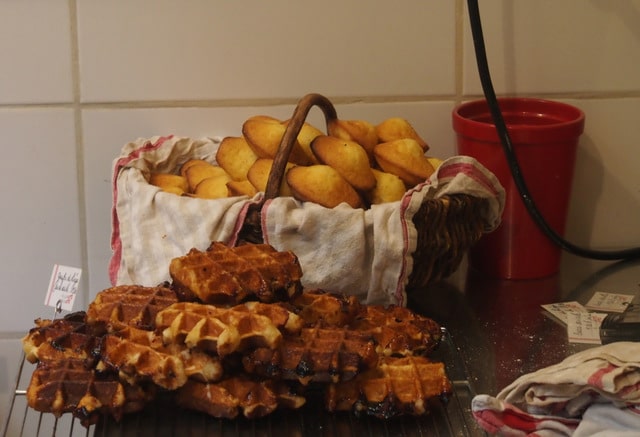
5 foods to eat in Belgium
Food is probably a necessity in a place where so much good beer pours so freely; luckily, the food in Belgium is delicious. French influences are strong, and the full reach of the Belgian empire at its peak extends into a number of critical flavors. Like its beer, Belgian’s cuisine shares the story of its past and present:
1. Liège waffle
Did you know that there are actually two main schools of Belgian waffle? The Brussels waffle—soft and fluffy, often topped with whipped cream and fruit—is the one we know from breakfast buffets and overpriced brunches across the states. It’s good, not it’s no Liège waffle, which hails logically from Liége and is a more hand-held snack. Coated in crystallized sugar, it bites with a more complex texture when done right, as it often is in Liège—near-crispy on the outside, and buttery and warm on the inside. It’s a delicate balance, and Une Gaufrette Saperlipopette in Liège nails it.
2. Frites
French fries, as we now know them in America, were in fact born not in France, but in French-speaking Belgium. And in Belgium, they are logically very good. Frites, as you’ll see them advertised, are thick-cut and most often holstered in a paper cone and topped with your choice of sauce. Not unlike kebabs in most of Europe, their popularity has evolved into something of a novelty, and so they are not hard to find; a walk around most any Belgian city (but particularly Brussels) will ultimately yield you frites.
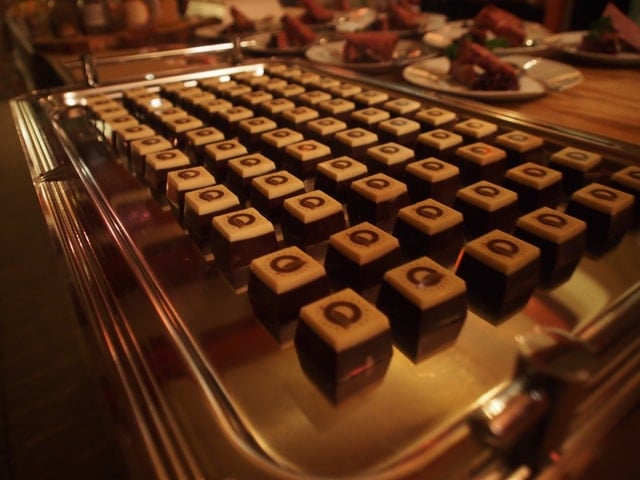
3. Chocolate
In the world of chocolate, tiny Belgium is one of the true giants. Chocolate, like beer, has figured prominently into the Belgian story for centuries, dating back nearly four centuries to a time in which the region was occupied by the Spanish (who had a near-colonial monopoly on Central America, birthplace of chocolate). Later access to the cacao-rich greens of the Belgian Congo (which interestingly, at 76x larger than Belgian controlling state, comprised around 98% of the empire) and well-established Belgian allegiance to quality yielded the country claim to two watershed achievements in chocolate: the invention of both the chocolate bar and the praline.
Today, more than 172,000 tons of chocolate are produced inside Belgian borders, and more than 2,000 chocolate shops sling the world’s number-one comfort food to some of the world’s most comfortable people. Names like Leonidas and Neuhaus are standard, but some of the best chocolatiers may be unfamiliar—like Mary, an apparent favorite of the Belgian royals and George W. Bush. There are several locations in Brussels, including one in the very impressive Galerie de las Royales complex.
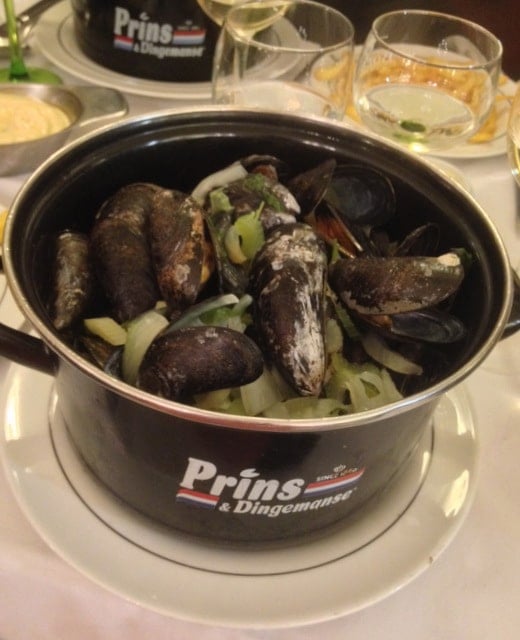
4. Mussels
The national dish of Belgium is in season from September to February, and shouldn’t be missed in any of those months. The North Sea apparently yields a great version of this delicious creature, which is often served with a side of classic Belgian frites. I really enjoyed a bucket a la marinere (the traditional style, with white wine, shallots, parsley and butter) at Taverne du Passage (more on this place below).
5. Marveilleux
The “marvelous” treat is heavy in egg and sugar, and light most everywhere else. In fact, this delicately layered stack of meringue (whipped cream is the adhesive) may just melt into your plate if you don’t eat it quickly; fortunately, that couldn’t conceivably be an issue.
A good recipe can make both a Belgian bakery’s reputation and your afternoon into a better one. Mine, for example, was improved in Liège at a place whose name I cannot recall. But, really, really good.
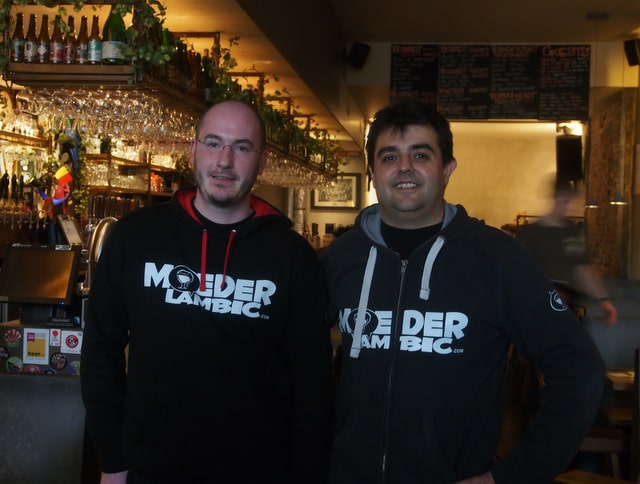
3 Brussels cafés to go to
The list of places to drink beers—called cafés—in Belgium’s capital is as long as the list of beers to try. Here’s a quick three to start with:
1. Délirium Café (site)
As mentioned above, it has the largest selection of beers in the world, with the official count landing somewhere between two- and three-thousand. The disparity there—of one-thousand beers—comes from the fact that the café set the current Guinness World Record for beers offered with 2,004 ten years ago (in the year 2004), and the list has only grown since then—to as high, as some claim, as 3,000. The beer menu is genuinely heavy to hold, and genuinely fun to flip through.
Whatever the number, the place is insane, and is a must-visit—and not just for those in search of Belgian beers, as more than 60 countries’ brewing styles are represented. The amount of time potentially spent here is likely infinite, but just in case not, the café just one part of greater Délirium Village—an entire alleyway lined with alcohol selling-connoisseurs (including one that sells tequila in the style of Délirium Café).
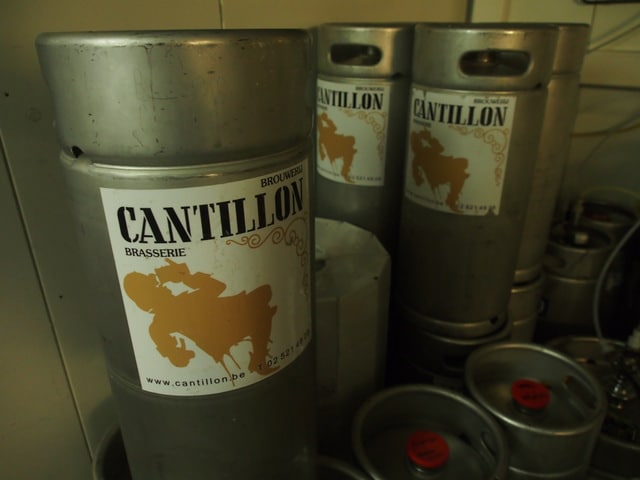
2. Moeder Lambic (site)
Another beer sanctuary, but more by virtue of the beer savants who run it: Jean Hummler and Nassim Dessicy. It’s a small place by design. Back in 2006, when these two former employees took control of the operation, there was conscious shift towards quality rather than quantity, and the resulting beer list is distinctly non-Délirium-like still as unique as the record-holder. Craft beers (less than .5% of beers brewed in the country) are celebrated at Moeder Lambic perhaps like at no other place in Belgium. The owners are both wildly friendly and knowledgeable, qualities that have surely helped them secure the good favor of many of the most exclusive brewers in Belgium—and even the world.
It’s a hugely cool and low-key place to drink some of the most special beers in Belgium—and if you can arrange it, talk to people who really, truly know and love their beer.
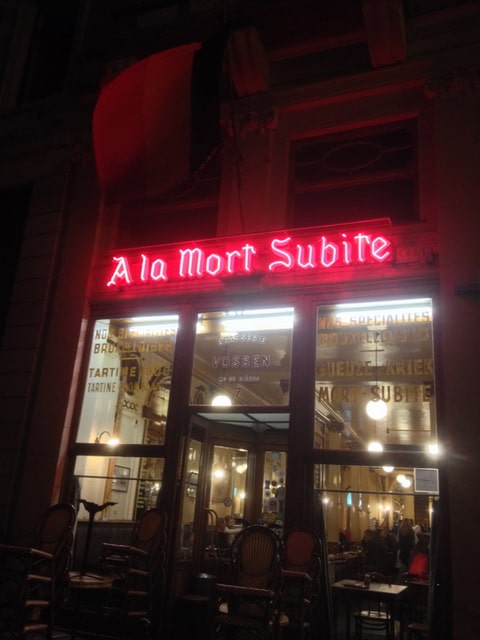
3. A la Mort Subite (site)
Right across from the entrance of the Galerie de las Royales is A la Mort Subite (“sudden death”), one of Brussels’ most storied drinking establishments. Now in its fourth generation of Vossen-family ownership, the café owes its curious name to the original Vossen—Theophile—and yet another story of Belgium’s deeply ingrained love of beer.
Between 1910 and 1928, Theo’s La Cour Royale was a regular watering hole for a few higher-ups at the National Bank of Belgium. Over many of the same beers still enjoyed at A la Mort Subite today, the employees would play a dice game they called “421.” Large-scale responsibilities would eventually call them back, and so each day’s session finished with a “sudden death” round of 421.
Each and every day this happened—at least folklorically. When Theo moved his café to its current address, he apparently found the custom’s regularity had bled into the bar’s identity—and so he christened the next iteration in honor of a dice game between bankers.
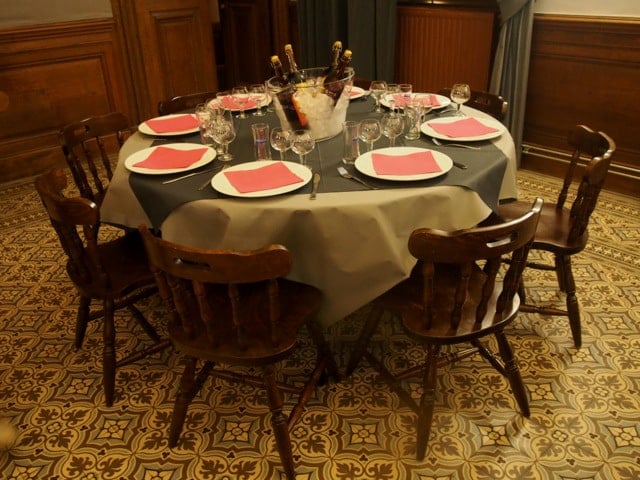
3 places to eat in Brussels
Eating and drinking well is at the core of the Belgian experience, and especially in the capital, there’s no shortage of destinations to take your appetite. Measured relative to population, in fact, Brussels boasts the most Michelin-starred restaurants in the world. In the world! Still, there are those worthy of particular acclaim, like the three below.
1. Poechenellekelder, Brussels (site, in French)
The favorite haunt of our sterling leader and preeminent Belgian, Annette. Anyone fortunate enough to call her a friend would know that this is all that needs to be said about this place. Just go to it. I haven’t been and so I can’t speak specifically to the menu, but I cannot emphasize enough how right she always is. The woman knows Belgium.
Shakhar (Ben), meanwhile, traveling with the group as Israel’s preeminent beer expert and a universally great guy, knows beer—and he too named Poechenellekelder as his favorite spot in Brussels. In the hunt for great beer in Belgium, Shakhar’s voice is one to follow, and so his approval carries a lot of weight. A look at the beer list suggests his endorsement is well-founded, as owner Michel de Triest’s love and understanding of beer tradition shines quite clearly through.
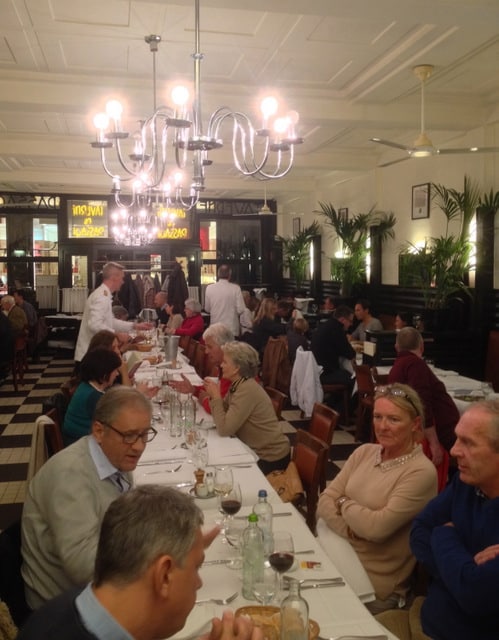
2. Taverne du Passage, Brussels (site, in French)
There was some debate as to whether the servers knew their wines, but I know for sure that the mussels at Taverne du Passage were incredible. Overall, ownership has done an impressive job burrowing a great dining experience into the Galerie de las Royales, a stage where only the best can find success. The complete menu has earned praise from many who can give it, but more important is the fact that the mussels a la marinere (the traditional style, with white wine, shallots, parsley and butter) were crowned the city’s best by Annette—and as a guy who likes mussels, I can confirm she was likely right again.
Taverne du Passage is closed on Wednesday and Thursday for unspecified Belgian reasons.
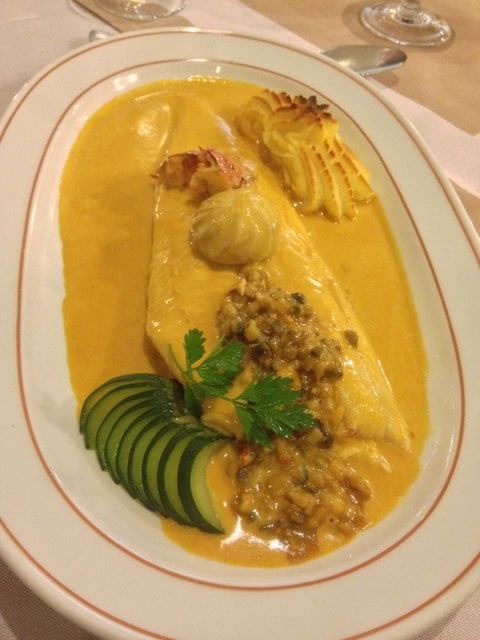
3. La Belle Maraichère, Brussels (site)
When I referred to Belgium as a drawn-out meal among friends, it’s quite possible I was thinking of this place in particular. The food is exquisite, and priced accordingly (though the regularly reinvented three-course menu might save you a few Euros), and the atmosphere is tangibly thick with the depth of conversation here, which builds like cigarette smoke in the orange glow of this friendship oven.
Chef Serge Devreker pretty much just kills it, and while I recommend the three-course menu (from which you pick one from each of two starters, mains and desserts), I went rogue and got what I remember to be sole with a lobster sauce. It was unreal, as was the entire evening here.
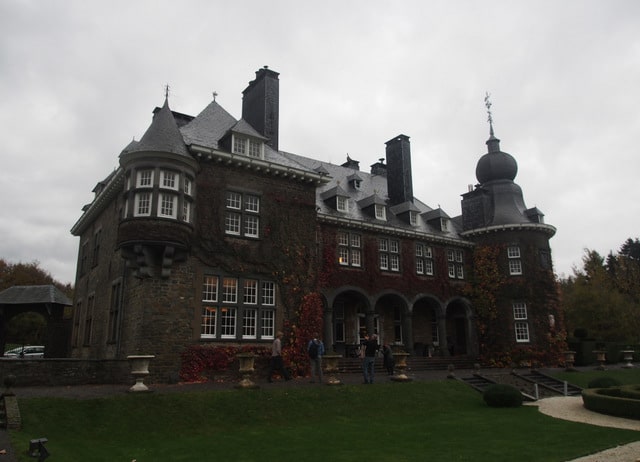
3 places to stay in Belgium
1. The Dominican, Brussels (site)
After landing in Brussels, I took the train from the airport into the heart of the city (Brussels Central), located the glowing crest of the Town Hall tower high in the skyline and headed for the Grand-Place it was hiding beneath it. For maybe five minutes I walked, marveled, admired. Then I pushed through the vacuum into the square, was sobered—and sat down, compelled to slow time in every way I knew possible.
I eventually picked myself up and floated a few short blocks to my hotel, The Dominican, from which my time in the Belgian capital was to be rooted. I was a fan pretty immediately. I checked in, had a Leffe and contemplated the general utility of abstract art, on display in the hotel bar with a local artist who herself was sipping a Leffe and likely discussing the merits of such art, in French. In many ways, The Dominican embodied the side of Brussels, and Belgium, that I was not expecting, where the comforts of the timeless and contemporary collide.
It’s also 4-stars, a TripAdvisor top-25 hotel in Belgium and the same short walk to the Grand-Place and the heart of the city each time. Rooms start at €145!
2. Crowne Plaza, Liège (site, in French but with language options)
There’s enough to see and do in Liège, Beer Lovers’ City, to warrant staying a night—or more, if you opt to use it as a home base to explore the countryside. If you do stay, the Crowne Plaza is a good option, just as any five-star hotel adapted from at least three separate archaeological sites is. Although the true context of our quarters wasn’t always top-of-mind, the back of the hotel is unmistakably built into the remains of what looks to be a castle. And given what I’ve come to love about Belgium, I will say that without question my favorite part of this hotel was the basement bar—La Cave—where a dormant past is top-of-mind and allowed to mingle, over beers, with an actively growing, thriving modern society. As if to complete the metaphor, both Orval, a tradition-favoring Trappist beer, and new-age, award-winning Belgian whiskeys (though not The Belgian Owl, as it had run dry) were poured during some really great nights in La Cave.
The Plaza is also very, very centrally located (particularly if you want to check out Liège’s Sunday morning market), and the breakfast buffet was unusually good. The halls were also long, which made a room-to-lobby trip excessively long. So don’t forget anything.
Rooms at the Crowne Plaza start at €130.
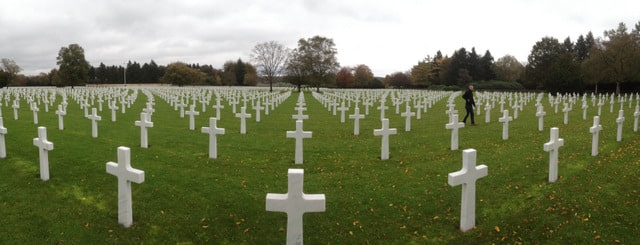
3. Manoir de Lébioles, Ardennes (site)
I didn’t stay here, but we did stop by. This converted 100-year-old chateau is simply gorgeous, outside and in, and offers what must be a truly soul-soothing retreat among the gently rolling greens of the Ardennes. Of all the places I visited in Wallonia, and Brussels, and through a considerable swath of Belgium, this might be the place I’d like to take my next Belgian beer at.
Staying in Ardennes also affords you easy access to Henri-Chapelle American Cemetery and Memorial (which I knew coloquially as Ardennes American Cemetery), which is a simply stunning experience in person.
Rooms at the Manoir de Léboiles start at €199.
There are many ways to experience beer in Belgium, but surely none could be more enjoyable or fulfilling than the themed tours fashioned from my own November itinerary by my friend Reno Walsh of Zephyr Adventures. Check out both Belgium tours—which he leads—and more details on the Zephyr website here and here.

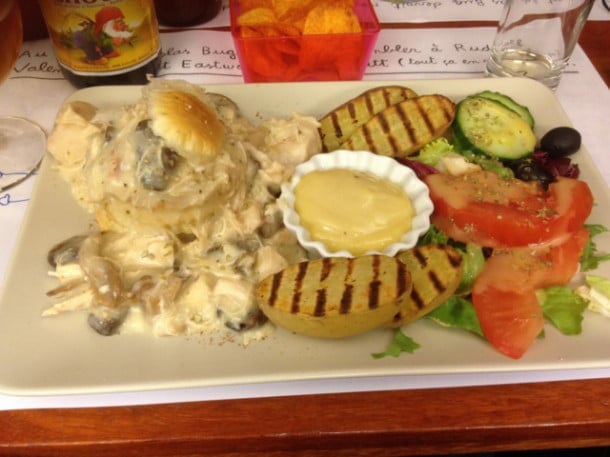
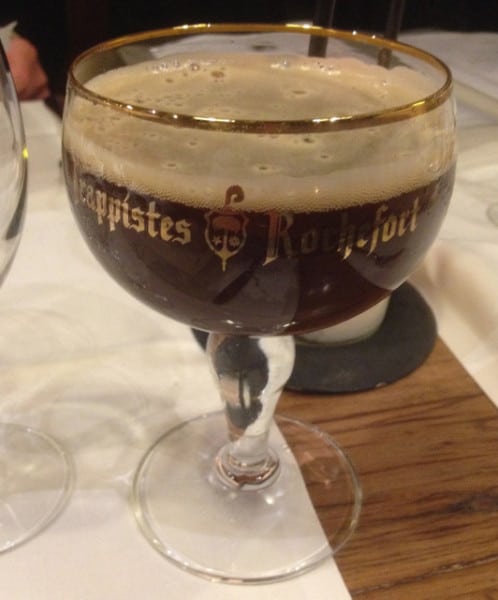
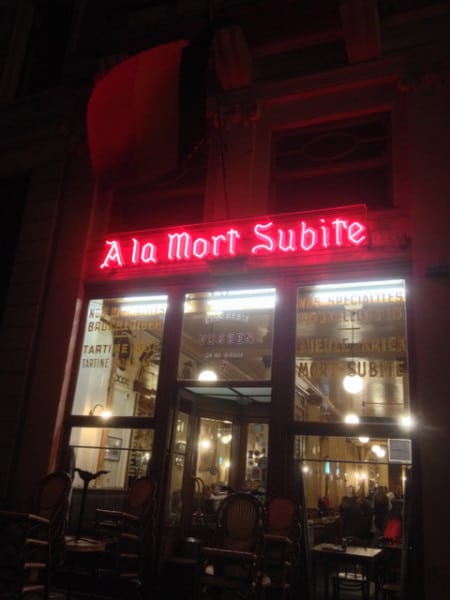
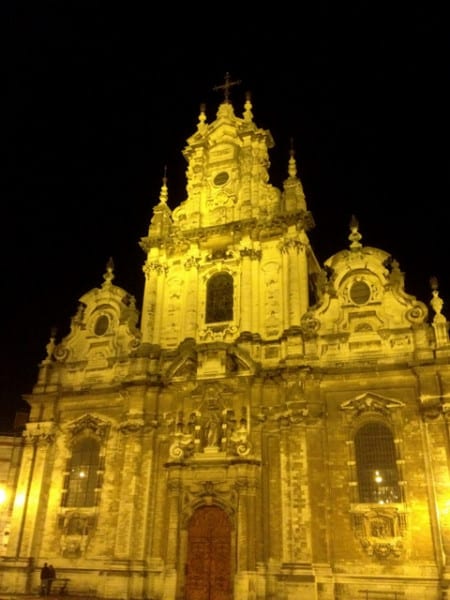
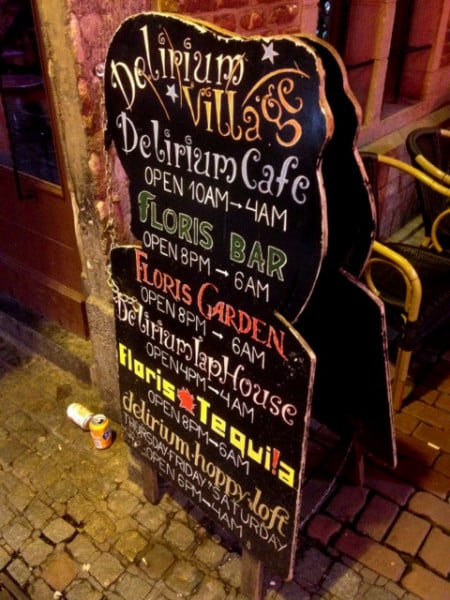
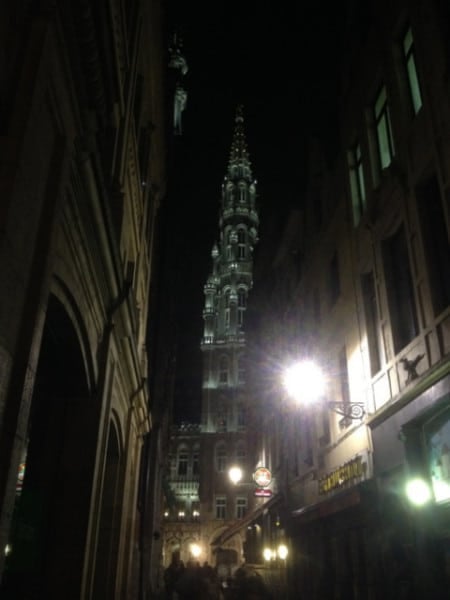
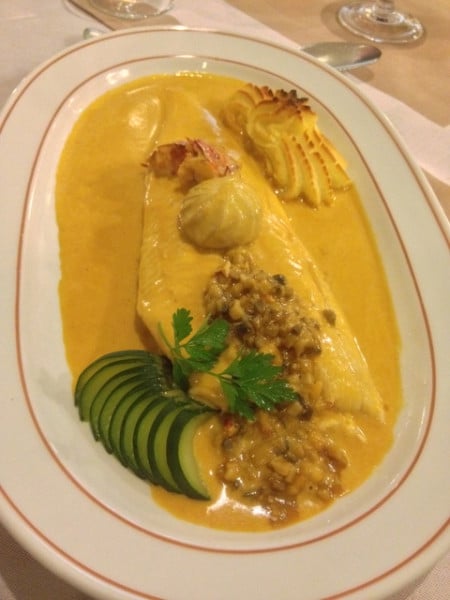
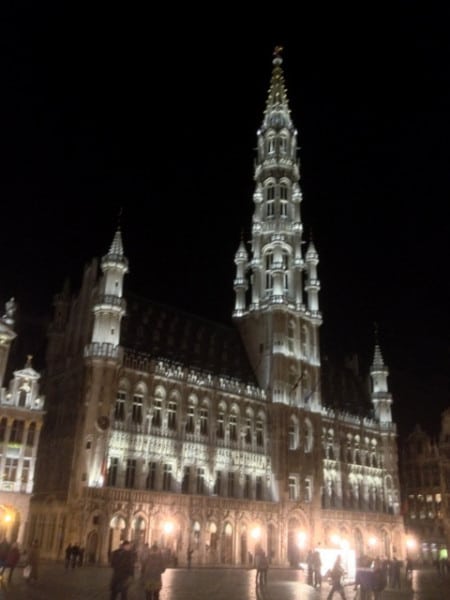
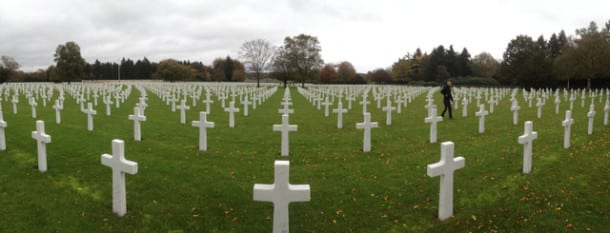
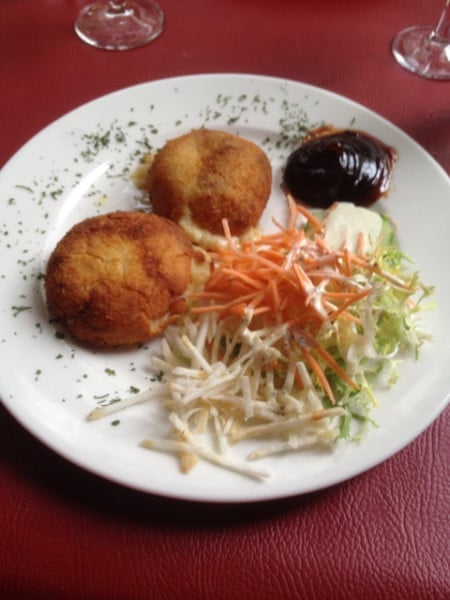
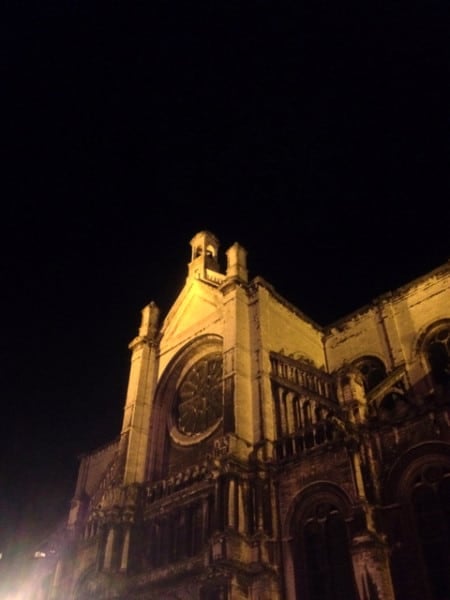
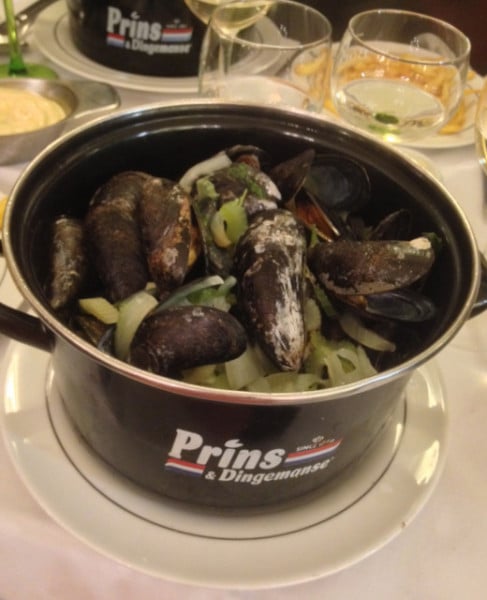
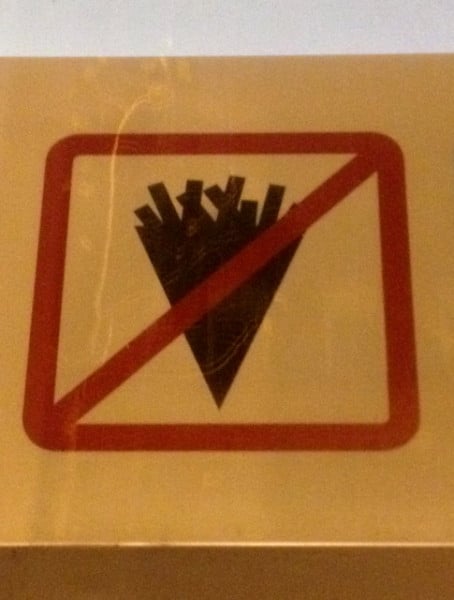
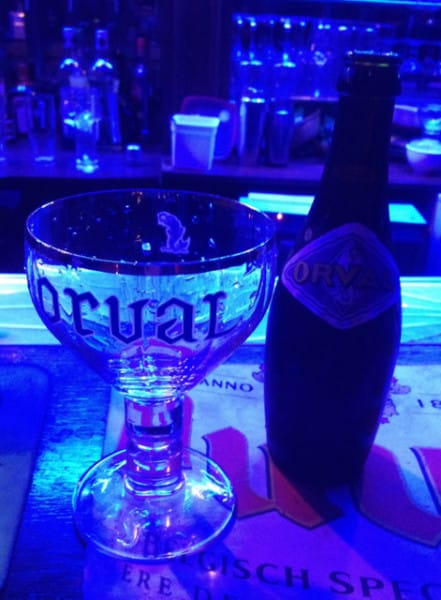
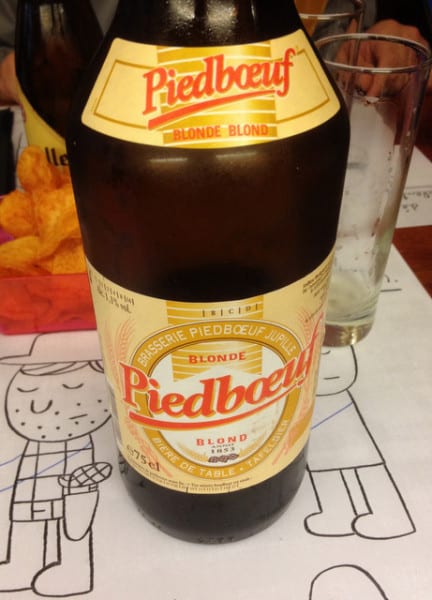
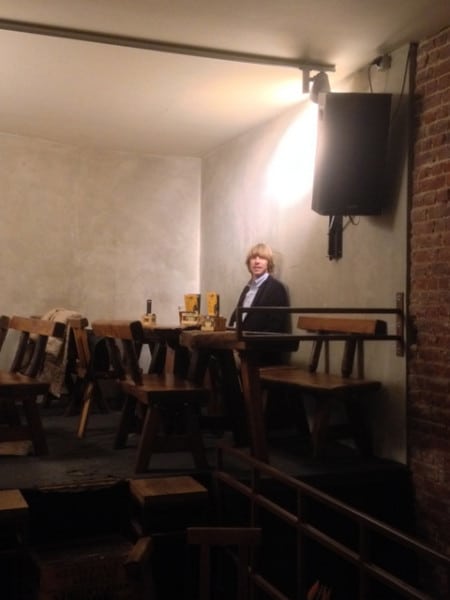
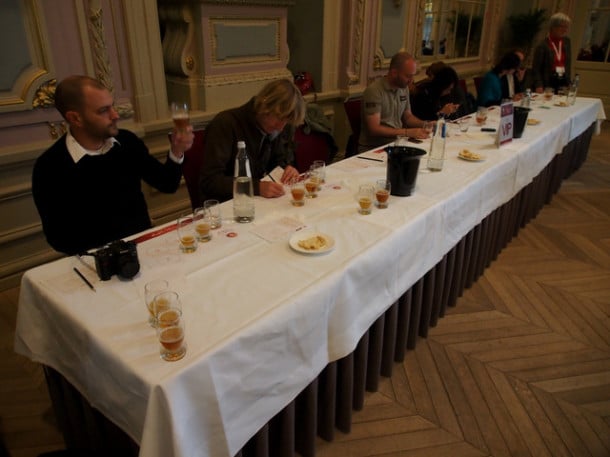
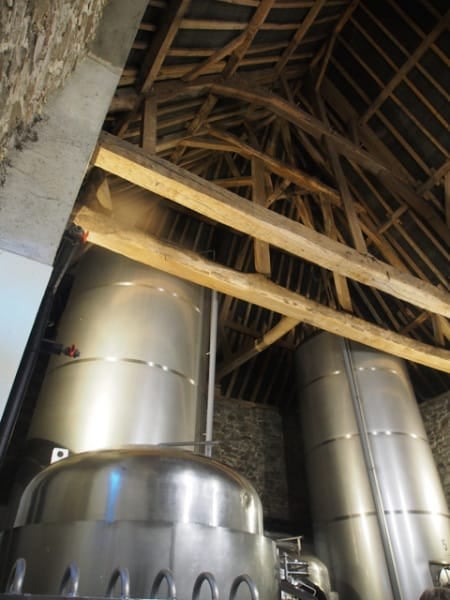
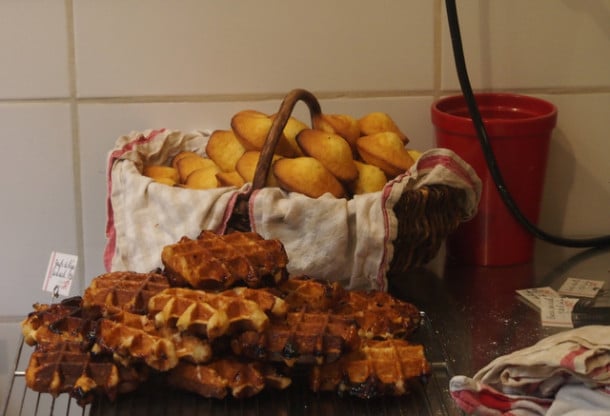
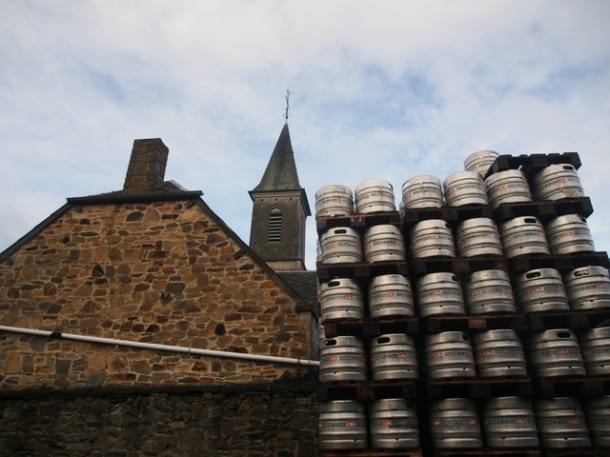

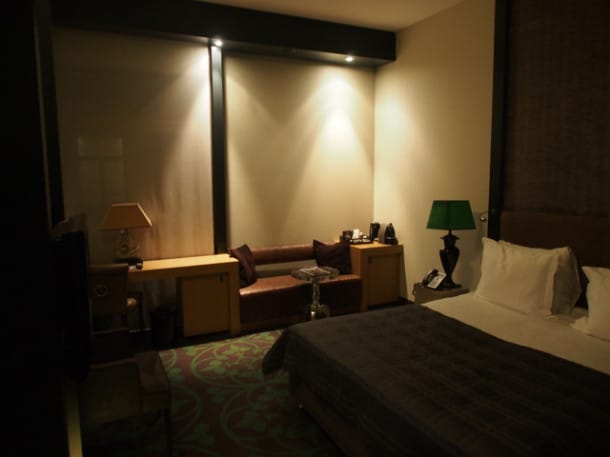
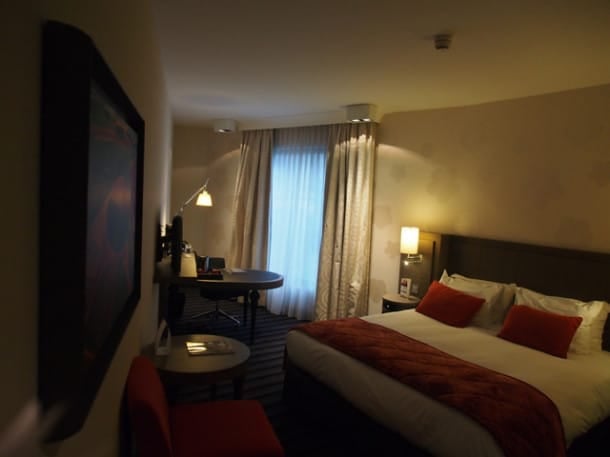
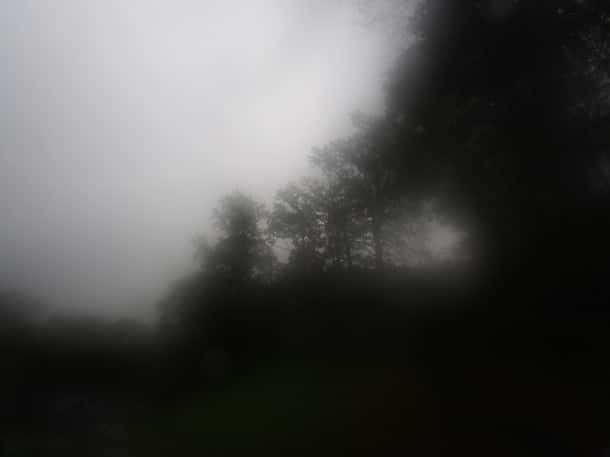
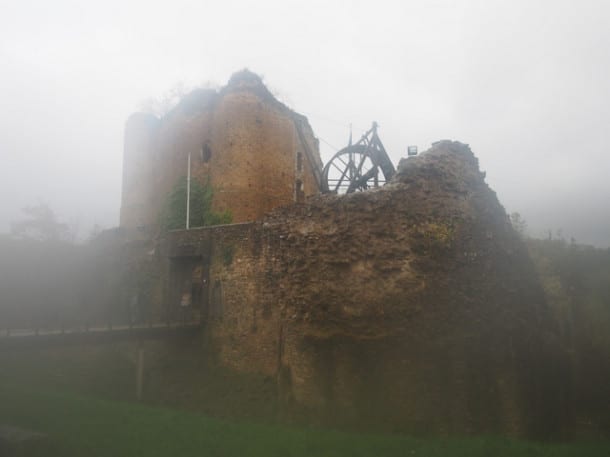
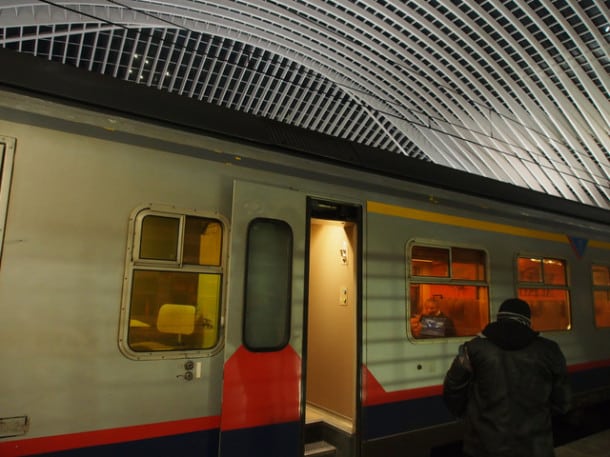
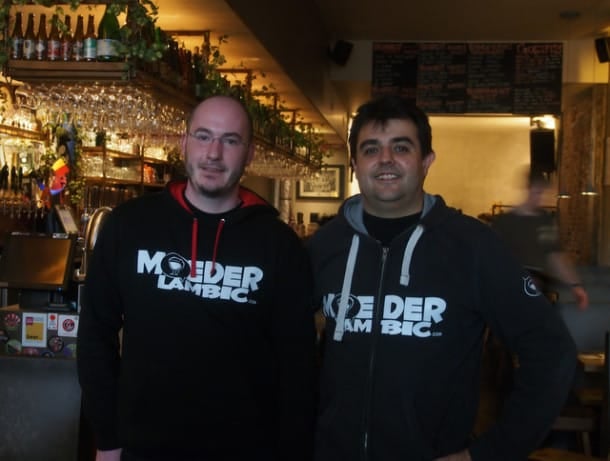
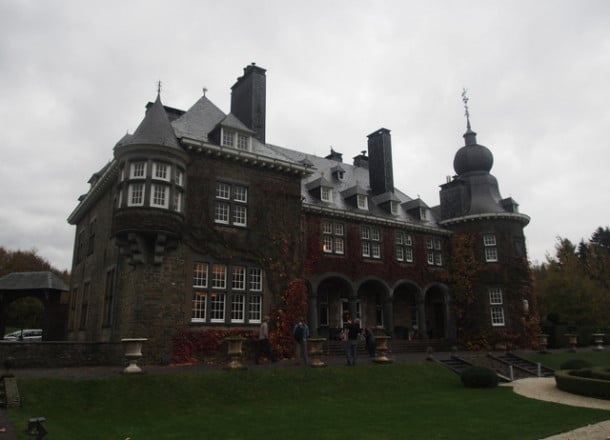
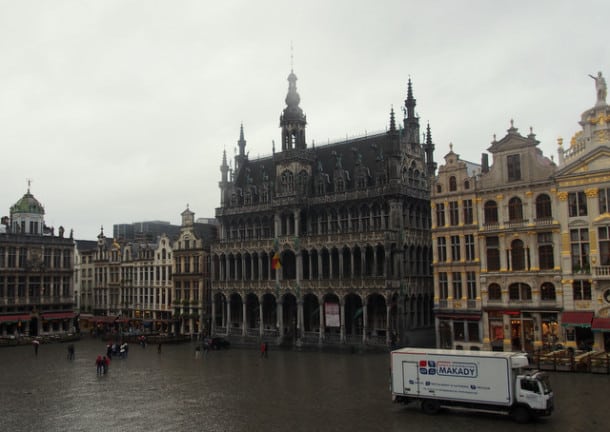
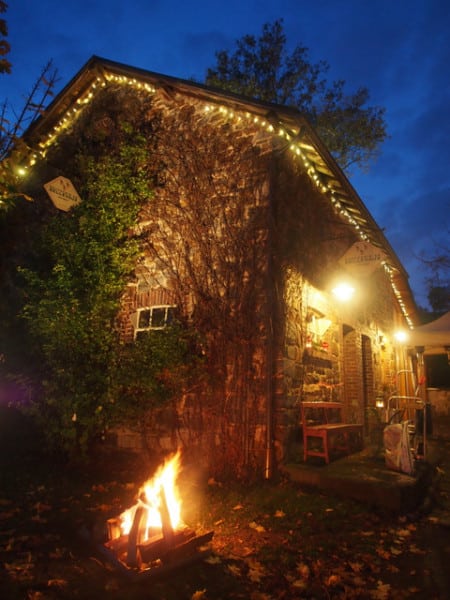
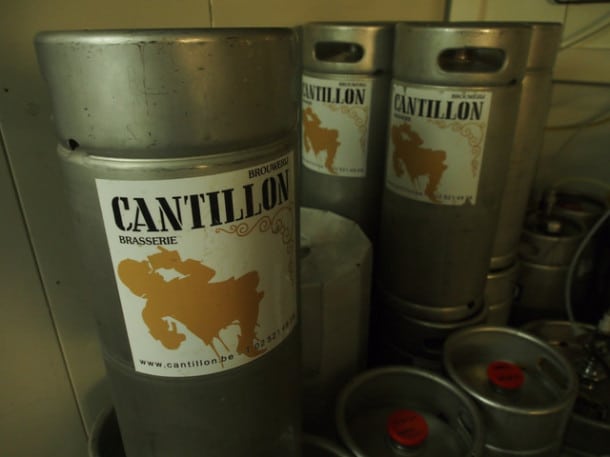
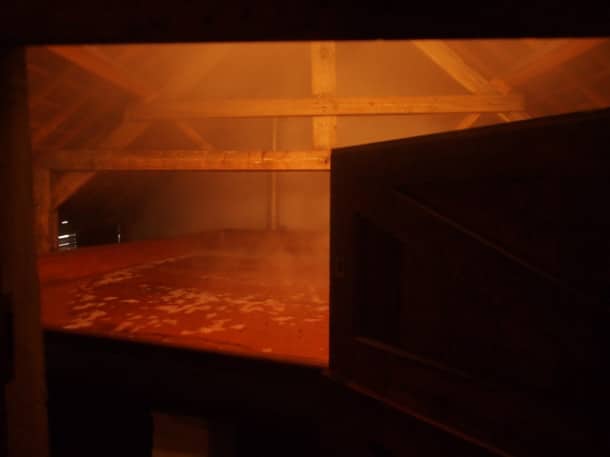
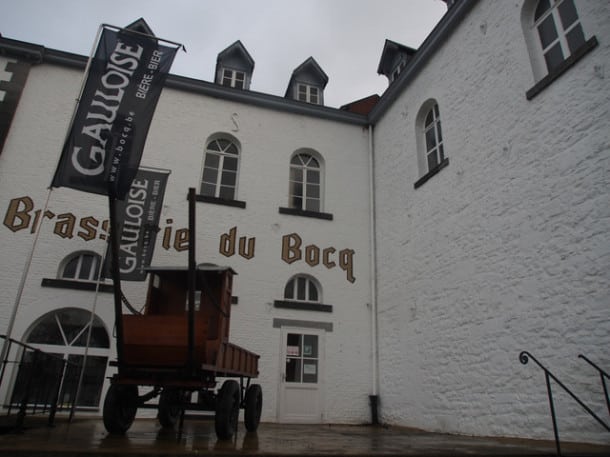

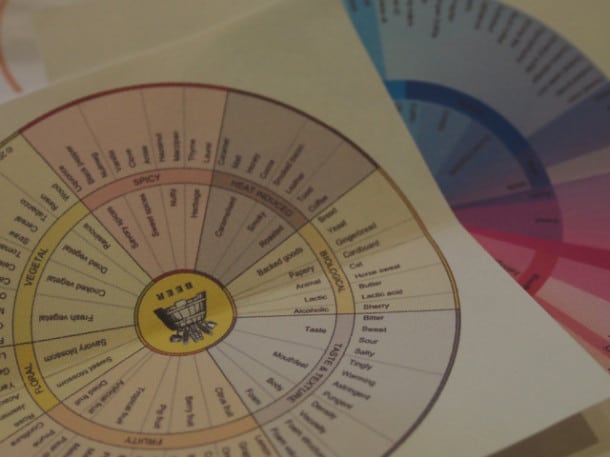
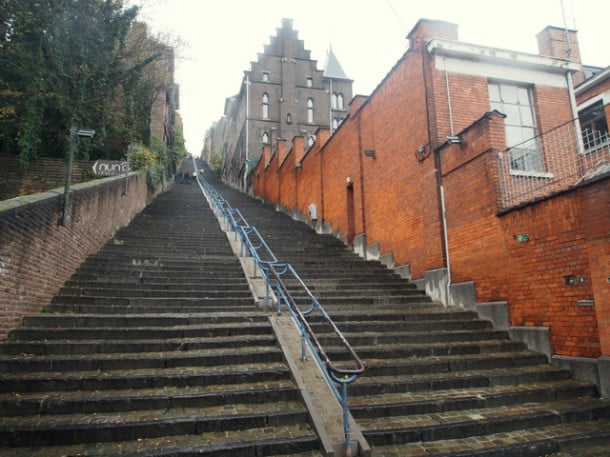
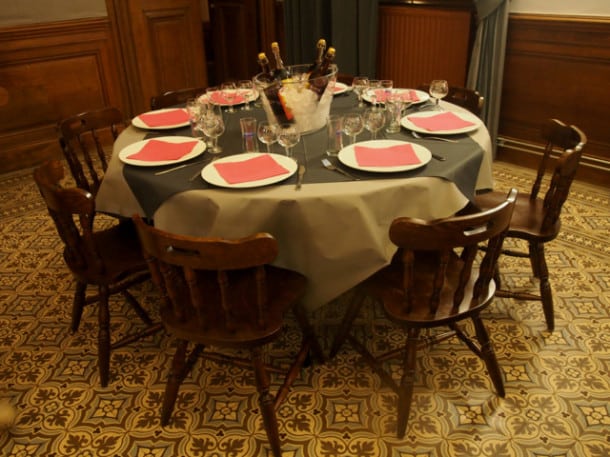
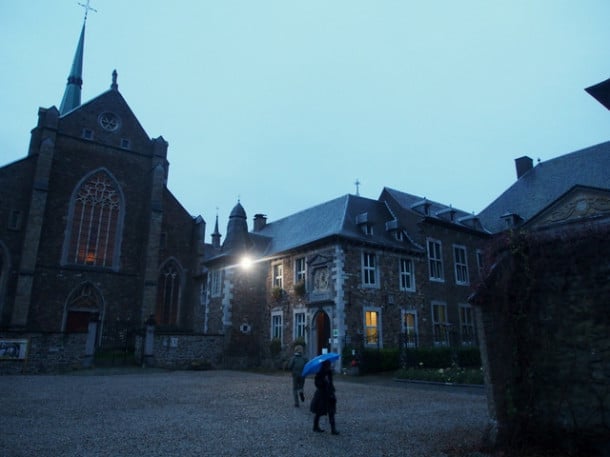
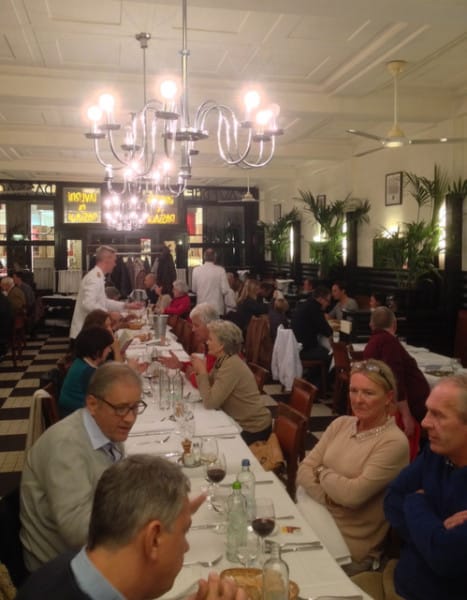
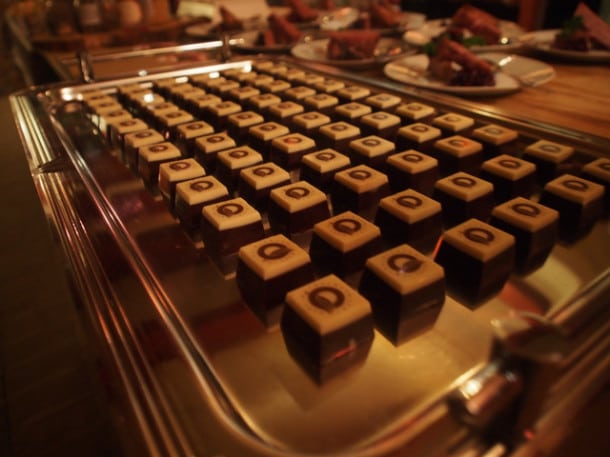




I was in Belgium in 2011 after 128days long distance trekking in Nepal Himalaya. Reading this article helped me to recall wonderful time in Belgium.
Thanks :)
Happy to hear it—and that Nepal trek sounds epic!
Wonderful article. Yuu conjured up memories of my time in Bruge. Need to go to Brussels now.
Thanks Melissa! Definitely go!
Belgium is now on my short list of must see places. Wonderful writing about a wonderful place.
Very kind of you, Pippa. Hope you get the chance to see it for yourself.